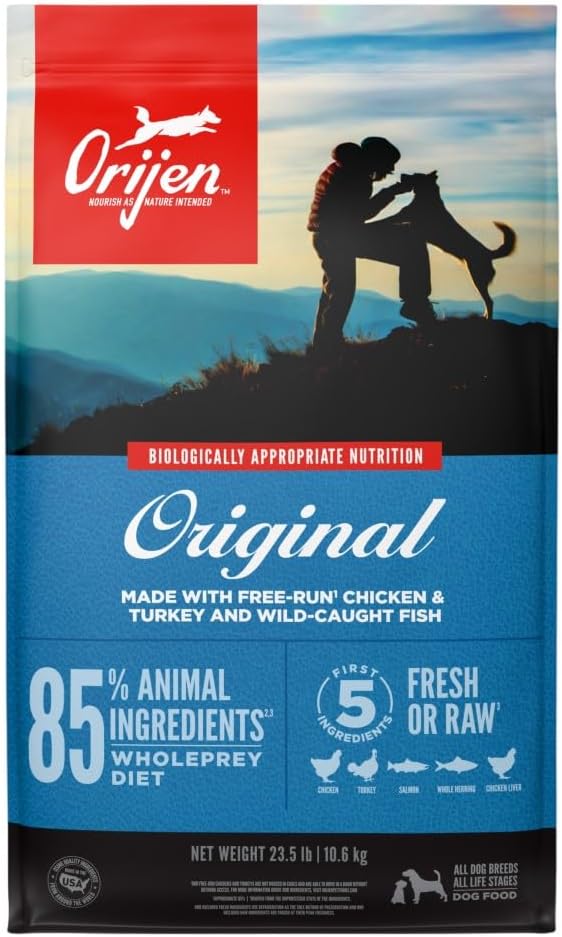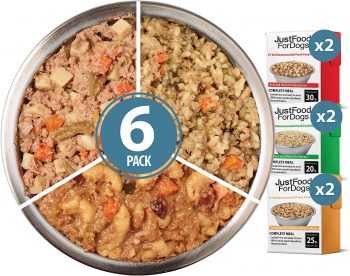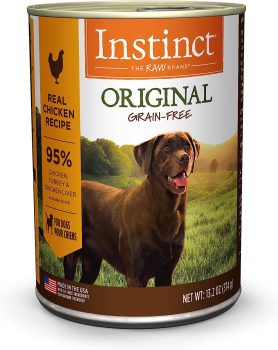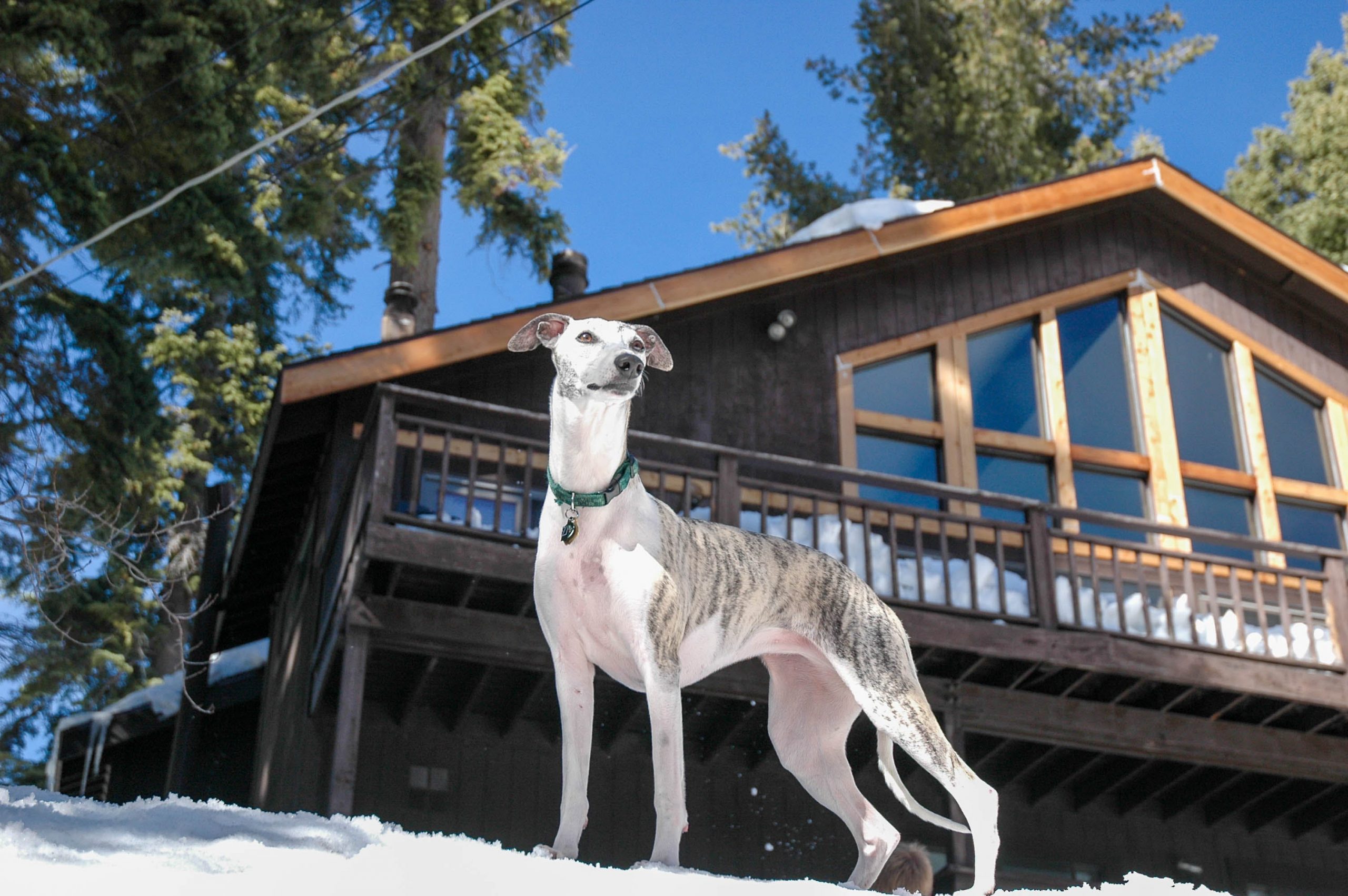Greyhounds are known for their sleek physique and racing prowess, but when it comes to nutrition, they have needs distinct from many other breeds. As sighthounds, their body composition and metabolism are unique, requiring careful consideration of their dietary intake. This guide will help you understand how much to feed a greyhound, taking into account the caloric content of different foods, the dog’s life stage, activity level, and general health.
1. Understanding Greyhound Nutritional Needs
Greyhounds have less body fat than other breeds, making their energy requirements and metabolism different. They need a balanced diet that is high in protein to maintain muscle mass and moderate in fat for energy.
2. Determining the Right Amount
The amount of food a greyhound needs can vary significantly from one dog to another. Typically, an adult greyhound will need about 2 to 4 cups of high-quality dry dog food per day, but this will depend on the food’s caloric density and the dog’s activity level.
3. Feeding Puppies and Young Greyhounds
Greyhound puppies, which grow rapidly, may need a more calorie-dense diet compared to adults. They should be fed three to four times a day with portions appropriate for their age and expected adult size.
4. Adult Greyhound Feeding Guidelines
Adult greyhounds require a consistent feeding schedule, usually two meals a day. Portions should be tailored to the dog’s weight, activity level, and the specific calorie content of the food.
5. Adjusting for Seniors and Less Active Dogs
Senior greyhounds or those that are less active may need fewer calories to prevent weight gain. This section would explain how to adjust food quantities and consider senior-specific dog food formulas.
6. The Role of Exercise in Dietary Needs
Active racing greyhounds or those that regularly participate in agility or other sports may require additional calories to support their energy expenditure. This part would discuss how to adjust your greyhound’s diet based on their exercise regimen.
7. Special Dietary Considerations and Health Issues
Greyhounds can be prone to certain health issues that may affect their dietary needs, such as dental problems and sensitive stomachs. This section would delve into how to manage these issues through diet.
8. The Cost of Feeding a Greyhound
The monthly cost for feeding a greyhound will vary based on the type of food (premium, raw, homemade) and the dog’s size and appetite. Owners can expect to spend approximately $40 to $80 per month, though this can fluctuate based on individual circumstances.
9. Choosing the Right Food
This section would guide owners through selecting the right food for their greyhound, taking into consideration factors such as ingredient quality, the dog’s life stage, and any specific health requirements.
10. Tips for a Balanced Greyhound Diet
Concluding the guide, this section would offer practical tips for maintaining a balanced diet for a greyhound, including the importance of routine, understanding food labels, and when to offer treats and supplements.
Our 5 Top Foods for Greyhounds
The diets were selected by our founder Justin Palmer, a certified canine nutrition expert, specifically with Greyhounds in mind:
| Food | Pros | Cons |
|---|---|---|
|
|
|
|

Check Today's Price on: |
|
|

Check Today's Price on: |
|
|

Check Today's Price on: |
|
|

Check Today's Price on: |
|
|
Conclusion
Feeding your greyhound the right amount and type of food is crucial for their health and well-being. While the guidelines provided offer a general framework, individual needs can vary greatly. Regularly consulting with a veterinarian will ensure your greyhound’s diet is on track for their specific needs and lifestyle.
Frequently Asked Questions About Feeding a Greyhound
1. How much should I feed my adult Greyhound each day?
Adult Greyhounds typically require about 2 to 4 cups of high-quality dry dog food per day, divided into two meals. This amount can vary depending on the dog’s size, activity level, and the specific calorie content of the food. Always monitor your Greyhound’s weight and adjust their portions to maintain a lean and healthy physique.
2. What type of diet is best for a Greyhound?
The best diet for a Greyhound is one that is high in protein to support their lean muscle mass, with moderate fat content for energy. It should be balanced with the necessary carbohydrates, vitamins, and minerals to meet their dietary needs. High-quality commercial dog food that is formulated for active breeds or a well-planned raw diet can be appropriate options.
3. How often should I feed my Greyhound puppy?
Greyhound puppies should be fed three to four times a day with a high-quality puppy formula that supports their rapid growth. The feeding frequency can be reduced to twice a day as they approach adulthood, around 6 to 12 months of age, depending on their individual development.
4. Can Greyhounds eat grain-free diets?
Greyhounds can eat grain-free diets if they are well-formulated to provide complete nutrition. However, some grain-free diets have been under scrutiny for their association with heart issues, so it’s essential to choose a diet that has been certified by veterinary nutritionists and to discuss it with your veterinarian.
5. Are there human foods that Greyhounds should avoid?
Yes, Greyhounds should avoid the same toxic foods as all dog breeds, including chocolate, grapes, raisins, onions, garlic, and foods containing xylitol. Always check with a veterinarian before introducing any human food into your Greyhound’s diet.
6. How can I prevent my Greyhound from becoming overweight?
Preventing obesity in your Greyhound involves feeding them the right amount of food, avoiding overfeeding with treats, and ensuring they have regular exercise. It’s also important to have regular weigh-ins and adjust food portions if you notice weight gain.
7. Do Greyhounds have specific nutritional needs compared to other breeds?
Greyhounds do have specific nutritional needs that are different from many other breeds due to their lean body mass and high metabolism. They generally require a diet higher in protein and one that provides sustained energy through complex carbohydrates and fats.
8. What should I do if my Greyhound is a picky eater?
If your Greyhound is a picky eater, try to enhance the palatability of their food by adding a little bit of warm water or a topper like cooked, unseasoned chicken or fish. Ensure that the food is fresh and at room temperature. If the pickiness persists, consult with your vet to rule out any underlying health issues.
9. How much will it cost to feed my Greyhound each month?
The cost of feeding a Greyhound each month can vary widely, but on average, you can expect to spend between $40 and $80. The exact amount will depend on the type of food you choose and your individual dog’s dietary needs.
10. How should I adjust feeding amounts as my Greyhound ages?
As Greyhounds age, their metabolism can slow down, and they may become less active. This means they may require fewer calories to avoid weight gain. It’s important to adjust their food portions accordingly and consider transitioning to a senior dog food formula that’s tailored to older dogs’ nutritional needs.
 Check Today's Price on:
Check Today's Price on:
 Toledo, United States.
Toledo, United States.
